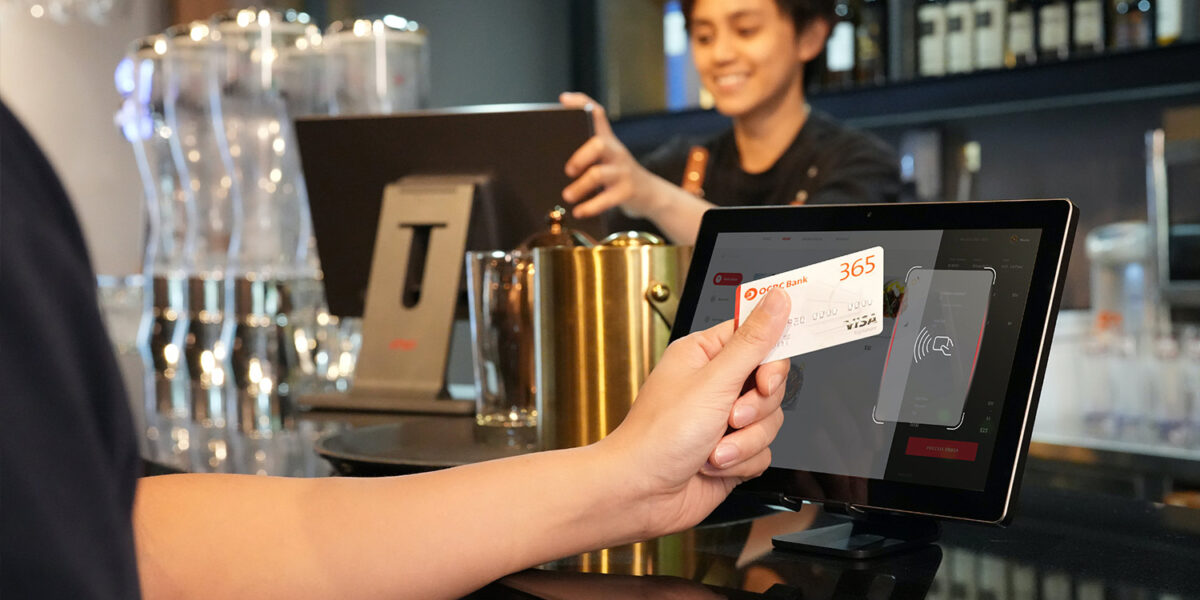Fraud and identity theft are on the rise. Online shopping has been one of the main causes, but that doesn’t mean payments in bricks-and-mortar stores are completely safe.
In fact, some new technologies make it easier for fraudsters to swipe your customers’ payment data, including credit card numbers and PINs.
Luckily, there are several ways you can improve security and keep payment data safer than ever. This guide will help you understand what you can do to minimize fraud and identity theft.
How Do Fraud and Identity Theft Happen?
Generally, fraud and identity theft occur when a criminal gets their hands on someone else’s information. Fraud could be as simple as someone punching in the number to a credit card that isn’t theirs.
This is very easy to do online. It’s a little more difficult in-store, where you may require card-present purchases. Still, it can happen if the card is stolen or if fake cards were made with stolen credit card numbers.
Identity theft usually involves more sensitive data, such as the victim’s social insurance number. They could create fake IDs or take out loans in the victim’s name.
What Can You Do to Stop Fraud?
Many payment-processing providers offer technology that protects against fraud and identity theft. PIN pads and other processing equipment come with increased security, which makes it harder to steal information.
You can also use compliance to improve your security monitoring to identify issues and close gaps.
Finally, remember to train your staff on proper protocols. If they suspect someone is using a stolen card, they can ask to see the card and have them sign the paper. If the card has been reported stolen, then it should decline. Your staff should always know what to do and who to call in these situations.
Remember that identity theft and fraud are serious crimes that hurt both you and your customers. Getting the right payment equipment, with enhanced security, is one step to preventing it.




